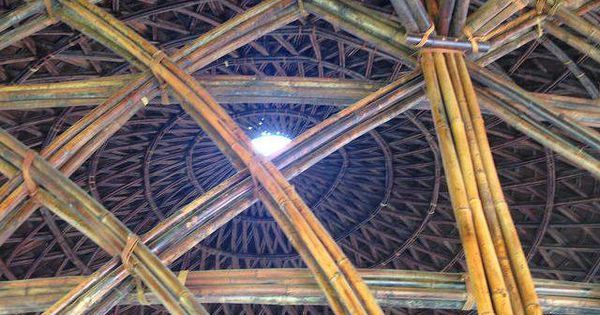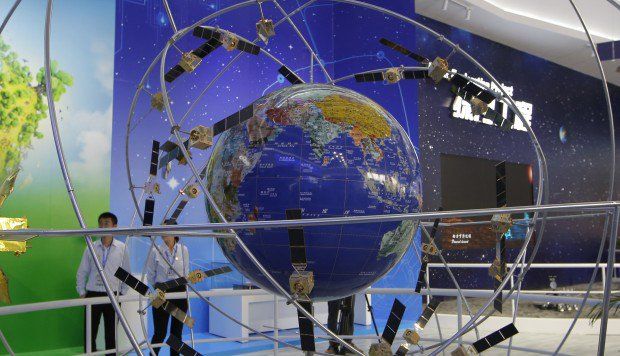Looking forward to exploring my new home. go.nasa.gov/InSightRaws #MarsLanding


Looking forward to exploring my new home. go.nasa.gov/InSightRaws #MarsLanding
Our NASA InSight spacecraft stuck the #MarsLanding!
Its new home is Elysium Planitia, a still, flat region where it’s set to study seismic waves and heat deep below the surface of the Red Planet for a planned two-year mission.

Also included in the dispatch: this snapshot from the lander’s arm showing the instruments in their new “plain perfect” home. Get the latest: https://go.nasa.gov/2FDGbwu



DOST-Philippines Undersecretary for research and development Rowena Guevara had recognized that to promote wider interest on the study and use of space technologies in the country, they have to get more academe-based engineers into the program.
The Department of Science and Technology (DOST) will get academe-based engineers outside of the University of the Philippine-Diliman to join the country’s microsatellite building program. by Rainier Allan Ronda.

China moved a step closer to its dream of building a satellite navigation system that could challenge America’s GPS.
Aerospace firm plans a giant leap for Chinese satellite coverage with global network
Yang Changfeng, the chief designer of the system, said a basic Beidou-3 network would be in place by the end of the year to serve countries that have signed up for China’s Belt and Road Initiative – an ambitious transcontinental infrastructure initiative.
“This is a key step for Beidou to develop from a domestic experimental system to a regional and then a global navigation system,” said Yang Changfeng.
Since the very first module Zarya launched from Baikonur Cosmodrome on 20 November 1998, the International Space Station has delivered a whole new perspective on this planet we call home. Join us as we celebrate 20 years of international collaboration and research for the benefit of Earth with our astronaut Alexander Gerst’s longest timelapse yet!
In just under 15 minutes, this clip takes you from Tunisia across Beijing, China and through Australia in two trips around the world. You can follow the Station’s location using the map at the top right-hand-side of the screen alongside annotations on the photos themselves.
This timelapse comprises approximately 21 375 images of Earth all captured by Alexander from the International Space Station and shown 12.5 times faster than actual speed.

Eco-consciousness is a hot trend. It’s become common occurrence to see shoppers with reusable grocery totes at the supermarket. Bamboo straws are flying off shelves as people opt for eco-friendly products. Urban gardening and composting, too, has taken root as consumers try to minimize their carbon footprints.
These small actions are encouraging first steps, but they’re not enough when it comes to tackling agricultural contributions to climate change. Strong-worded warnings from the UN’s Intergovernmental Panel on Climate Change (IPCC) detail the potential for climate disasters to worsen if modern consumption patterns don’t change — and soon.
There’s evidence that reimagining urban environments’ food systems might help reduce carbon emissions. With more than 60% of the global population expected to live in cities by 2030, urban agriculture might be one piece of the puzzle for reducing strain on city resources. The practice typically involves growing food in smaller, city environments such as on rooftops, apartment balconies, or even walls.
